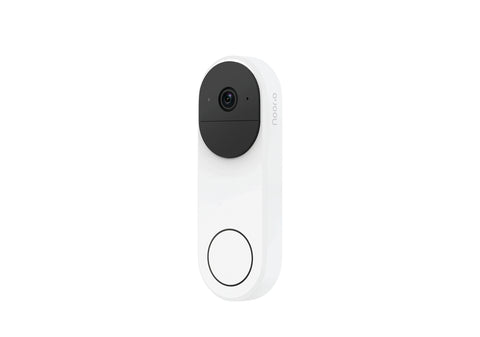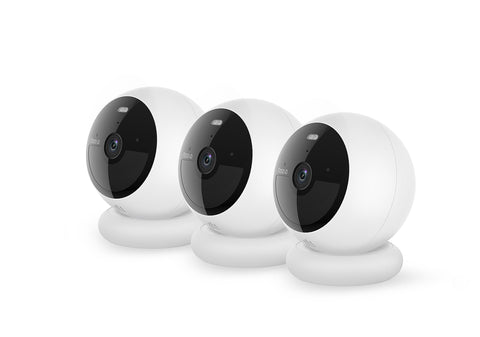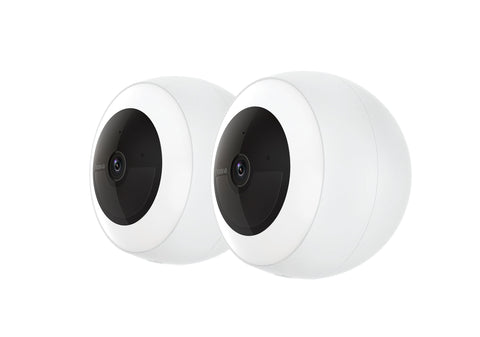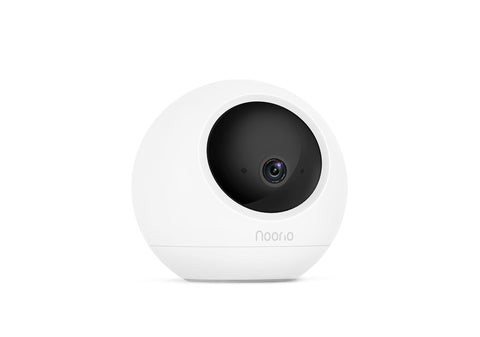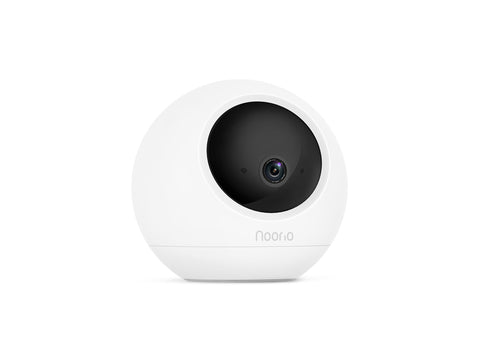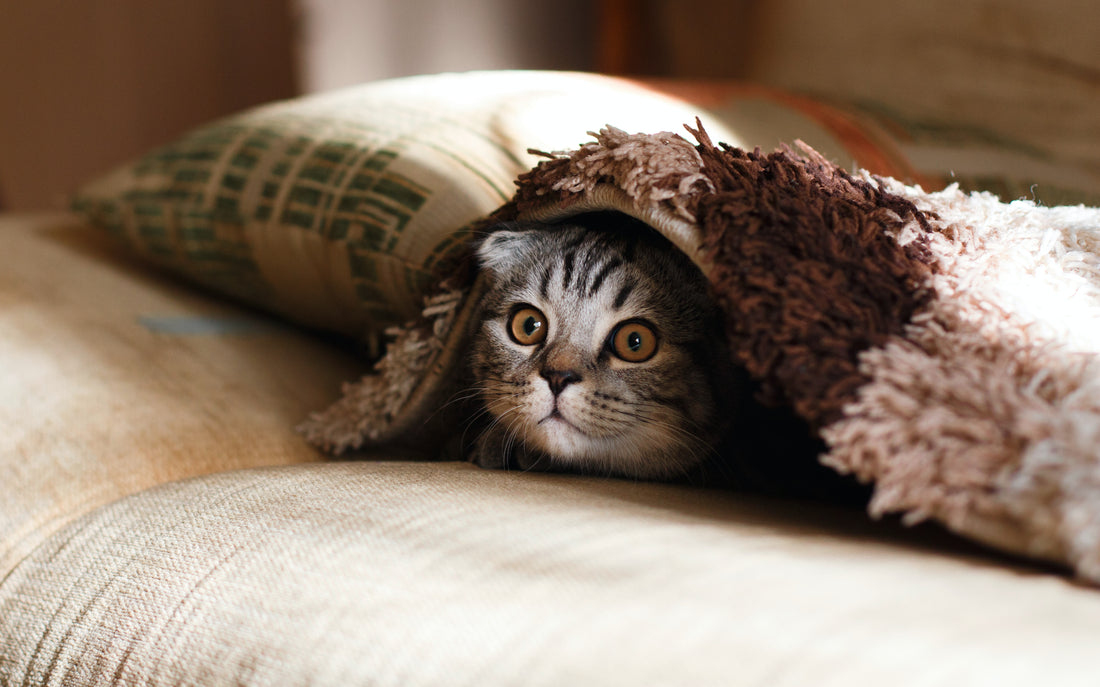Understand Your Pet's Habits
Understanding the habits and behaviors of your pets is the first step in creating a safe environment for them. For instance, cats are natural climbers and have a penchant for high places. Securing windows and balcony doors can prevent them from taking dangerous leaps.
Dogs, in contrast, might be prone to reacting impulsively to sounds and movement outside the house. Therefore, keeping entry and exit points secure is vital to prevent them from dashing out into potential danger. Observing and understanding your pet's typical behavior can also help you spot any unusual changes that might signal health concerns.

Train Your Pet to Obey Commands
Obedience training can be a lifesaver in emergency situations. Start with basic commands such as "stop," "sit," or "stay." These instructions can help you control your pet in dangerous scenarios. Training should be a mixture of discipline and fun, strengthening your bond with your pet and making them more receptive to your commands.
Install Security Cameras
Living in the smart home era, security cameras are a pet owner's second set of eyes. These devices should be positioned strategically, considering your home's layout and your pet's routines. Frequent areas could include the living room, kitchen, and accessible outdoor spaces. Make sure these cameras are installed beyond your pet's reach to avoid any curious tampering.
Modern security cameras offer pet-friendly features. Live streaming allows real-time monitoring, while motion detection sends alerts about your pet's activities, helping identify any unusual behavior indicating stress, discomfort, or health issues. Two-way audio communication enables remote interaction, helping soothe your pet's anxiety or deter risky behavior such as chewing wires or jumping fences.
By utilizing security camera technology, pet owners can ensure an additional layer of safety for their pets, even while away. A wise investment for peace of mind, security cameras are an essential tool for proactive pet safety. Noorio home security camera for pet owners is the best choice for you.

Considerations When You're Not Home
Every pet owner knows that a pet's routine shouldn't be interrupted just because the owner isn't at home. If your job requires long working hours or if you travel frequently, your furry friend's safety and well-being must still be ensured.
Hiring a pet sitter is an excellent option. However, choosing the right one can be challenging. A person may be proficient on paper, but how they interact with your pets when you're not around is paramount. A well-placed security camera can help monitor these interactions, ensuring that your pet is receiving the attention and care it needs and deserves. It can provide insights into your pet's behavior during your absence, and how well they're responding to the sitter.
If a pet sitter is not an option, other alternatives exist. Automatic pet feeders and water dispensers can keep your pet's feeding routine consistent. Some of these devices even come with timers and portion control, catering to your pet's specific dietary needs.
Security cameras can also play a role here. They can allow you to confirm that the feeders are functioning correctly and that your pet is eating well. Combined with their use in monitoring overall pet activity, security cameras are an invaluable tool for pet owners who need to ensure their pets' well-being when they're not at home. They help maintain your pet's routine and provide a much-needed sense of relief, knowing that your pet is safe and content even in your absence.
Install Appropriate Fences and Gates
A fenced yard or a gated area within the apartment provides a safe space for your pet to exercise and play. Ensure the height and strength of the fence or gate are adequate to prevent your pet from jumping over or pushing through. They should also be designed to prevent small animals from getting stuck in between bars or slats.
Keep Your Little Buddies Away From Toxic Plants and Substances
Curiosity can lead pets to chew on plants or other objects that may be toxic. Research common household items and plants that are poisonous for your specific pets and keep them out of reach:
- Toxic Plants: Many common houseplants are toxic to pets if ingested. For example, lilies can cause kidney failure in cats, and sago palms can be deadly to dogs. Always research a plant's toxicity before bringing it into your home.
- Human Medications: Many medications designed for humans, such as ibuprofen or antidepressants, can be harmful to pets. Always keep these medicines in closed cabinets out of your pet's reach.
- Small Objects: Coins, small toys, sewing needles, or other small objects can pose a choking hazard to pets or cause internal injuries if swallowed.
- Cleaning Supplies: Many cleaning products contain chemicals that are harmful to pets, even in small amounts. Always store these products in a secure location.
- Pesticides and Rodenticides: These products can be dangerous if ingested by your pets. If you must use these products, ensure they are out of your pet's reach.
- Antifreeze: Dogs may find the sweet smell and taste of antifreeze attractive, but it's incredibly toxic and can be lethal if ingested.
Remember, the best prevention is education. Always research each plant, product, or substance you bring into your home to ensure they are safe for your pets.
Daily Cleaning
One of the key practices in keeping your pets safe is maintaining a clean environment. Small objects like children's toys, threads from sewing kits, and even coins can turn into a significant choking hazard for curious pets who like to explore using their mouths. And it's not just the living room or bedroom; bathrooms can hold a series of dangers too. Open toilets can be tempting for pets to drink from, but often toilet water contains harmful cleaning chemicals. So, it's a good idea to keep bathroom doors closed or toilet lids down when not in use. Regular cleaning, vacuuming, and decluttering not only result in a safer living environment for your pet but also contribute to the overall health and cleanliness of your home.
Install Safety Gates to Prevent Stair Access
For homes with staircases, safety gates are an essential addition to your pet security arsenal. Stairs can be a serious hazard, especially to younger, more energetic pets that love to run around or to older pets that may have issues with mobility. Installing sturdy safety gates at both the top and bottom of your staircases can be a real lifesaver, preventing unfortunate accidents and giving you peace of mind.
Promote Safe Pet-to-Pet Interactions
If you have a multi-pet household, ensuring safe and positive interactions between your pets is crucial. It starts with understanding each pet's personality, their likes, dislikes, and what could trigger them to react aggressively. Based on their personality traits, you can set up separate spaces for each pet. These personalized spaces provide a safe haven for each pet if things get heated. During their initial interactions, make sure to supervise them closely to intervene if necessary, ensuring their cohabitation remains peaceful.
Develop an Emergency Plan
Emergencies can strike without warning, hence the need for a comprehensive emergency plan in place is vital. It's important to remember that your pets rely on you in times of emergencies, like fires or earthquakes. Include your pets in your emergency evacuation plans, have a pet carrier ready for each pet for easy transportation, and make sure you have pet supplies like food, water, and medications in your emergency kit.
The 10 tips will help you navigate potential dangers, making your home a safer place for your beloved pets. Don't know where to start? You can start with security cameras that can provide the first layer of security.
Read More
- How to Choose a Wireless Home Security Security Camera? – Noorio Innovations
- 8 Tips to Pick a Better Wireless Home Security Camera – Noorio Innovations
- Outdoor Home Security Camera - The most recommended type of camera in 2022 – Noorio Innovations
- Is my router 2.4g or 5g?Differences between 2.4GHz and 5GHz networks. – Noorio Innovations
- Free Cloud Storage for Noorio Secrurity Camera. Save footage in cloud. – Noorio Innovations
